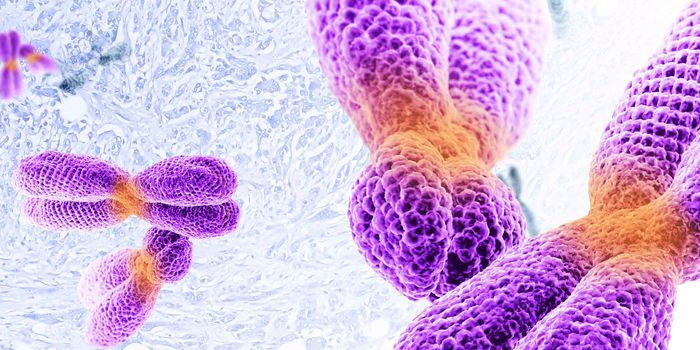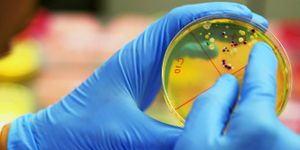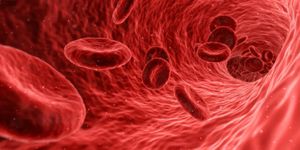A drug that’s approved for the treatment of kidney cancer could find
renewed purpose against other cancer types too. After scrutinizing hundreds of drugs for common cell signaling pathways, researcher in Norway found that the same drug that fights kidney cancer – axitini – could also be effective aginst breast, prostate, and colorectal cancers.

Perhaps one of the best outcomes for pharmacologists is the discovery that common, pre-existing drugs could treat new conditions. This is the impetus behind the growing field of research known as “drug repurposing.”
Because so much money and time are spent for every drug that’s on the market, finding new uses for these commercially available drug effectively reduces the burden on the industry and patients could have more options sooner rather than later.
The team at Norway honed in on axitini only after screening an impressive 500 known compounds. They were looking for drugs that could block growth signals that allow cancer cells to proliferate without control. In this screen, axitini stood out as having an alternate mechanism of action that was previously unknown.
Axitini is a known tyrosine kinase inhibitor – it blocks the activation of many other downstream signals in the cell. Pertaining to kidney cancer, axitini stops angiogenesis – the process by which tumors grow new blood vessels.
But the research team found that axitini also blocks a signaling pathway known as Wnt signaling. Mutations in this pathway are associated with various conditions, including breast and prostate cancer, which have prompted research into finding suitable Wnt inhibitors. It appears then, that the Norway scientists may have found such an inhibitor. And the best part, we already know that axitini is safe to use in people.
When a pre-existing drug shows promise for a new disease, things tend to move much faster. Because toxicity and pharmacokinetics have been established, the time for it to reach patients should be cut dramatically. This could means years shaved off of moving a drug through the pipeline to get to the market.
The technique of scanning old drugs for new pathways may also have proved more fruitful, as the team hinted that there could be 3 to 4 more candidates to be on the look out for in the future.
Additional sources:
MNT,
University of Bergen










